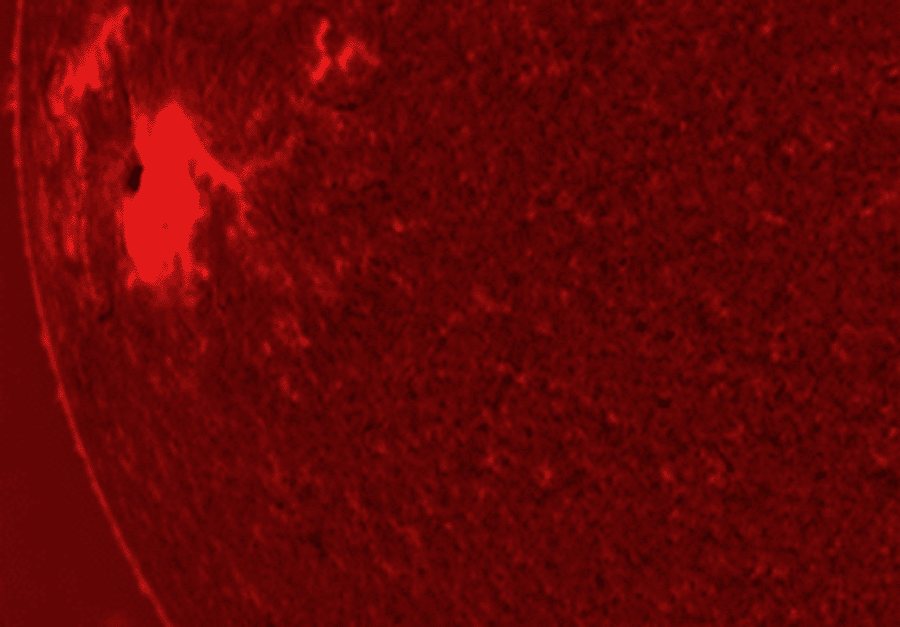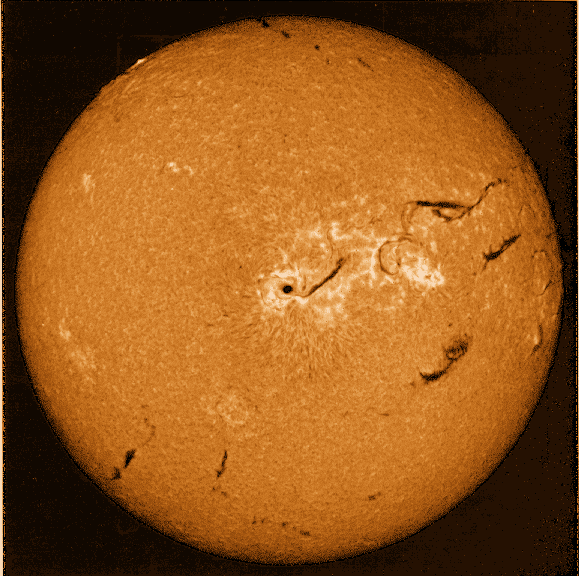Beyond wrote:bystander wrote:Fixed, to the best of my abilities.
The description says the -above image- was taken in a very specific red color, but the image is grey. I don't mean to be picky,
yes i dobut grey is not any shade of red that i am aware of.
Ah, Beyond, I sympathize! You're disappointed when something that is really red isn't being shown as red...
and you know what I think when something that is really blue isn't being shown as blue...
Anyway. The specific red color that is detected, but not shown, in today's APOD is hydrogen alpha, 656 nm. That is a surprisingly dark red color, not traffic-light red at all.
In this picture, you can see three filters, one that is the color of hydrogen alpha (the top left one), one that is the color of ionized sulphur (the bottom left one - isn't it remarkably dark?) and one that is the color of doubly ionized oxygen, the blue-green one at right.
The thing to remember is that today's APOD isn't an RGB image, and it isn't any sort of three-color image at all. It's a monochromatic image. Such images are almost always shown as black and white.
Can't resist showing you this image from the Olympic Games in Stockholm back in 1912. Back then, photography was always black and white, unless the images were hand-colored afterwards. But interestingly, back then the photographic plates were sensitive mostly to blue and ultraviolet light.
Take a look at the flags here! Two of them seem to have dark crosses on a light background. In reality, it's the other way round. These are Swedish flags, so the crosses are yellow, and the background fields are a sort of royal blue. Since the photographic plates back then reacted strongly to blue light, the royal blue fields look very light. But the yellow crosses emit barely any blue light at all, and therefore they look dark!
So my point is that you can't really expect a monochromatic hydrogen alpha to look red. But if you want it to be "true-color", the hydrogen alpha filter in the picture above shows you what shade of red it would be!
Ann
 A Large Tsunami Shock Wave on the Sun
A Large Tsunami Shock Wave on the Sun






